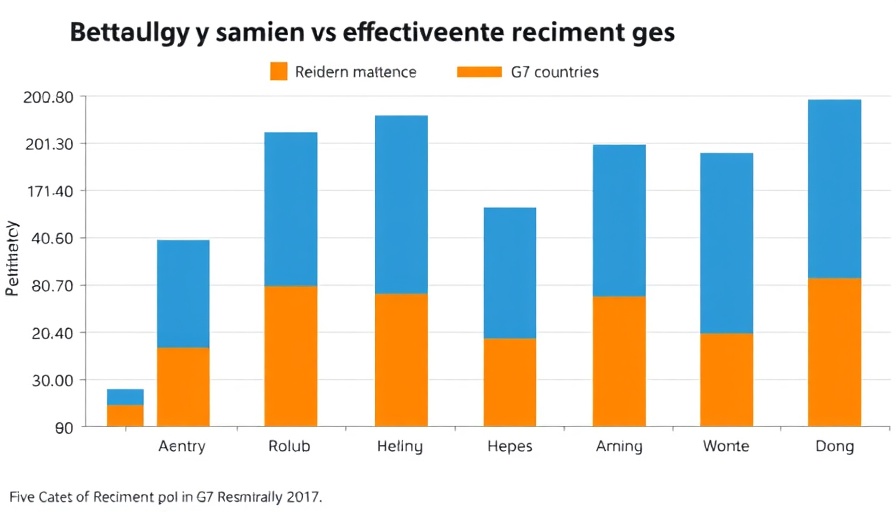
EEOC Battles School District: A Unique Confrontation
The U.S. Equal Employment Opportunity Commission (EEOC) is intensifying its investigation into New Mexico’s Gallup-McKinley County Schools (GMCS), following the district's lawsuit claiming that the commission exceeded its authority in probing discrimination allegations. This legal clash underscores the complexities and challenges that can emerge as organizations and regulatory bodies navigate the sensitive terrain of workplace discrimination.
The Dispute's Cultural Context
In a region rich with Native American history and heritage, the allegations of discriminatory hiring practices against GMCS carry significant weight. The EEOC alleges that the district has engaged in a “pattern or practice of intentional discrimination against Native American employees and job applicants.” Such accusations not only impact individuals but also reflect broader societal issues surrounding equity and inclusivity in employment, making it crucial for leaders to understand and address potential biases within their organizations.
Implications for Talent Management
This ongoing case serves as a pivotal example for HR professionals and organizational leaders across various sectors. For CHROs and Chief People Officers, this situation reinforces the importance of cultivating a robust talent management strategy that emphasizes employee engagement and retention. As legal scrutiny on workplace practices intensifies, organizations must prioritize equitable hiring processes to foster a high-performance culture that not only attracts diverse talent but also retains it through inclusive policies.
Challenges and Prevention Strategies
The EEOC’s request to enforce subpoenas against GMCS highlights the risk factors associated with non-compliance in employee practices. Operational leaders must be vigilant about their legal obligations concerning employee treatment. Implementing regular training on diversity and inclusion can serve as a proactive measure to mitigate risks, ensuring that all employees feel valued and supported. Companies should embrace a people-first leadership approach, integrating HR metrics that focus on workforce optimization to continually refine their strategies.
A Call for Awareness in Leadership
As this case unfolds, it’s essential for organizational leaders to stay informed about the implications of legal proceedings regarding employee performance and workplace culture. By fostering an environment that values transparency and fairness, leaders can not only navigate current challenges but also contribute to a culture that prioritizes performance-driven decision-making.
 Add Row
Add Row  Add
Add 




Write A Comment